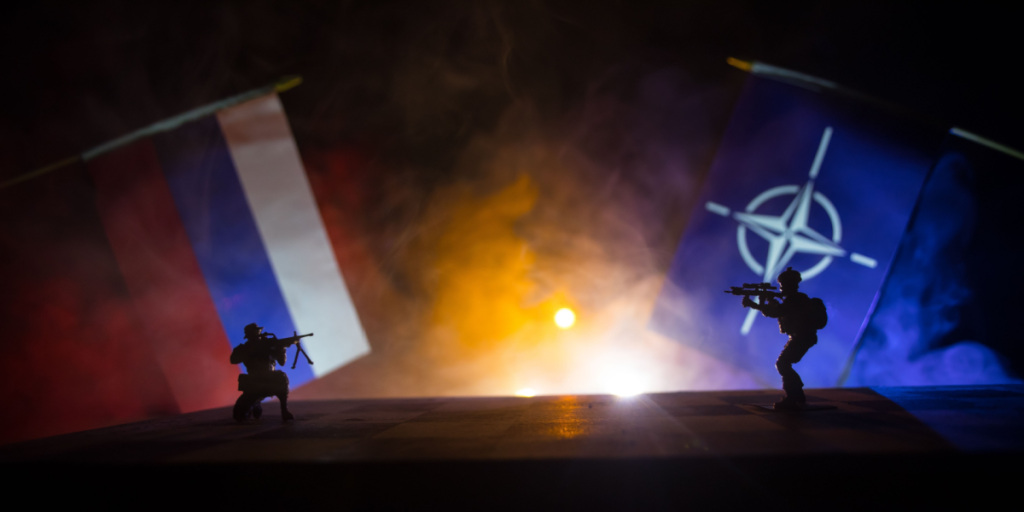Intelligence suggest Russia could be ready to attack NATO in a few years, but how do the two sides compare regarding military capabilites?
Others are reading now
Intelligence suggest Russia could be ready to attack NATO in a few years, but how do the two sides compare regarding military capabilites?
2030
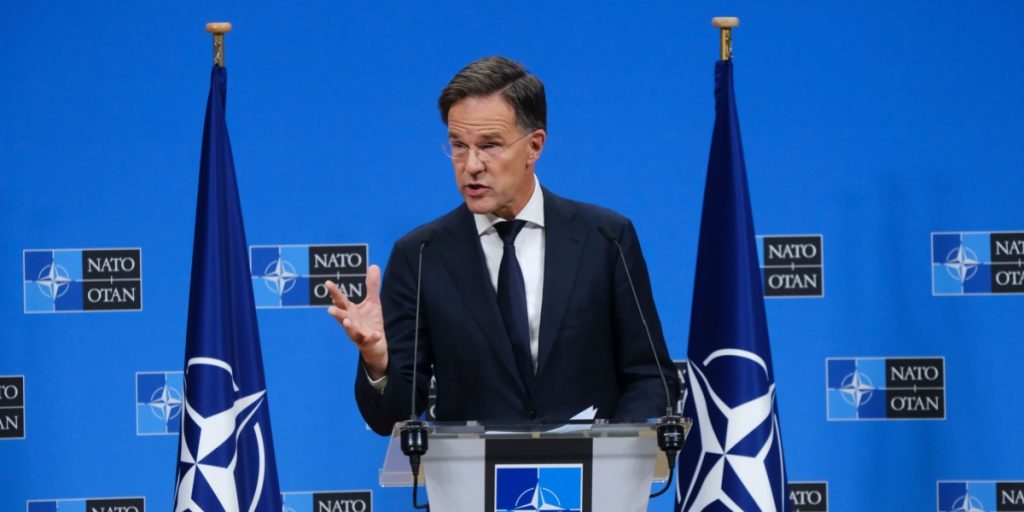
That is the year, Russia could be ready to launch an attack against NATO according to Western intelligence and NATO Secretary General, Mark Rutte.
A war of deterrence
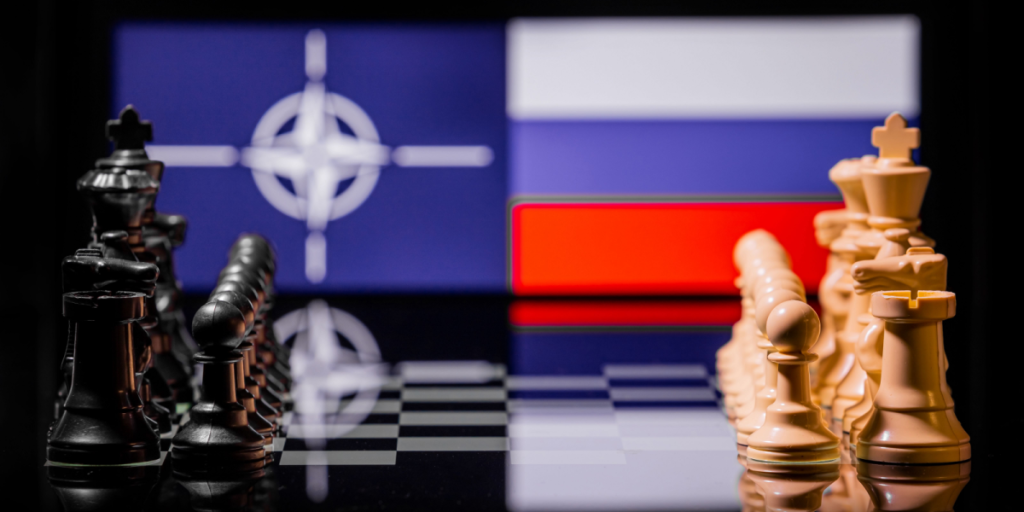
The West is doing everything it can to avoid a direct military confrontation with Russia, with the NATO-countries recently agreeing to increase military spending to 5 % of GDP as deterrence.
But if it happens …
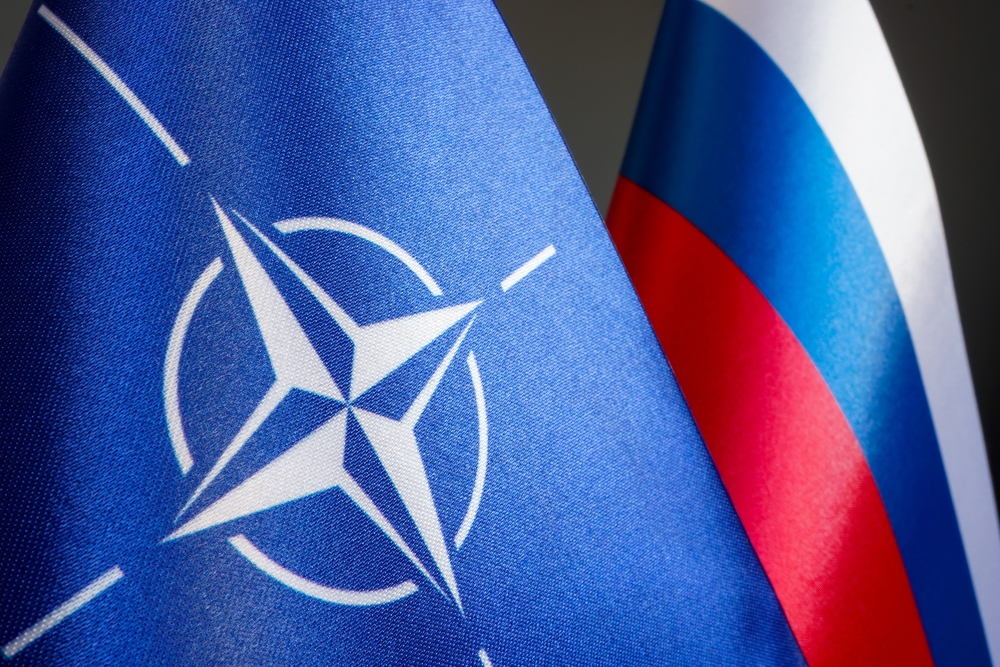
The big question is, how a theoretical military conflict would actually go.
Also read
We can’t know for sure, but what we can do is look at the military power of Russia compared to NATO.
Active-duty troops
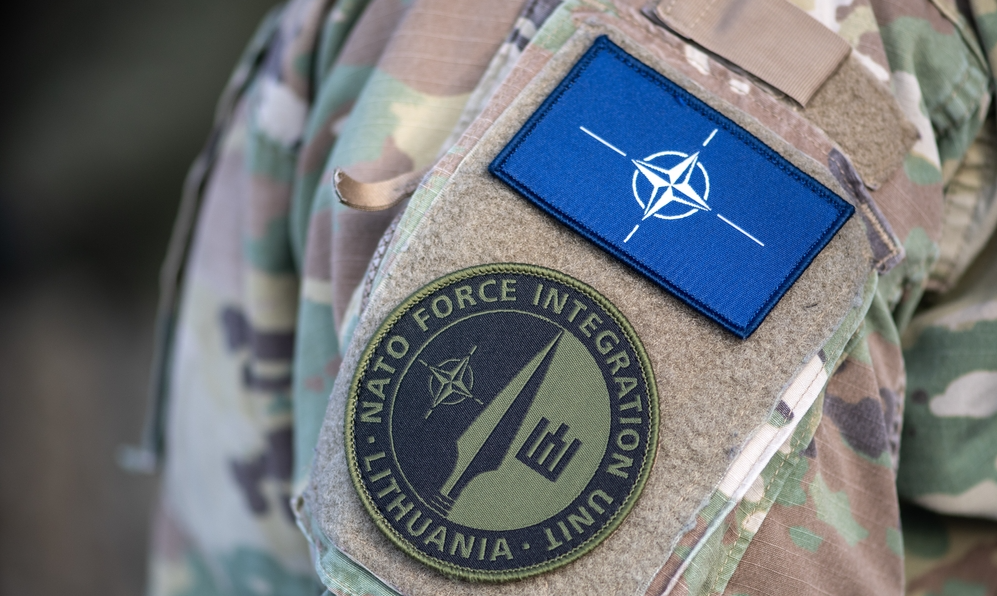
According to Statistia, NATO fields approximately 3.4 million active-duty troops, significantly outnumbering Russia’s 1.32 million.
Add to that the NATO has more than 4.3 millioner reserves, outnumbering Russias 2 million.
Defense Budgets
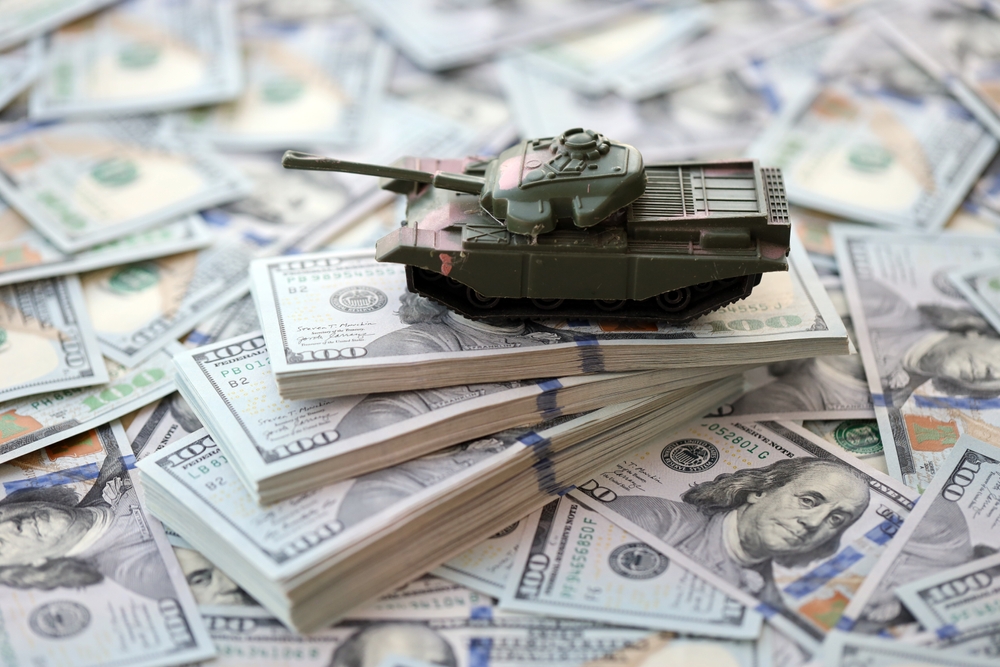
NATO members collectively allocate over $1.47 trillion to defense, dwarfing Russia’s $149 billion expenditure.
The U.S. alone accounts for nearly $1 trillion, underscoring NATO’s substantial financial resources.
Tank Strength
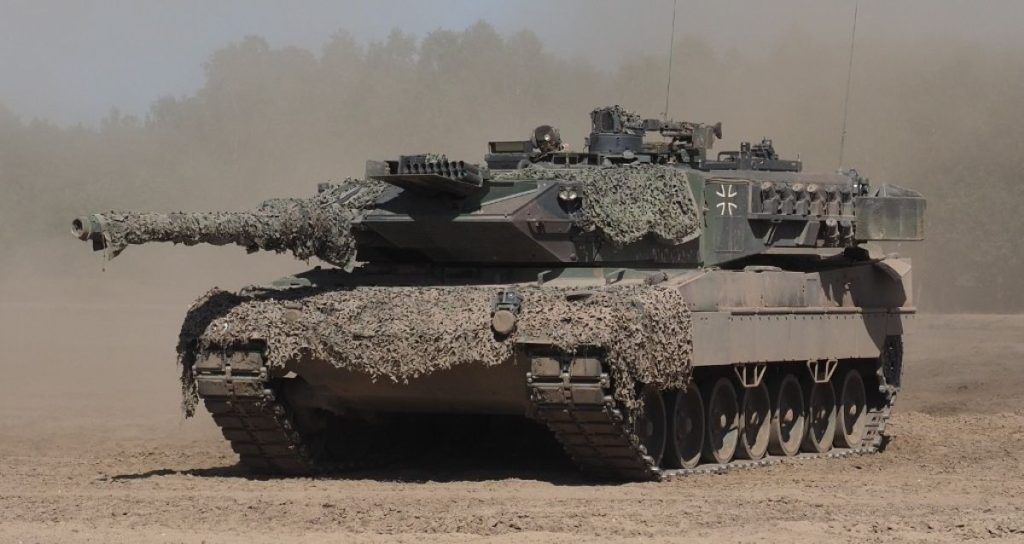
According to Statistia, Russia maintains a fleet of tanks with approx. 5.750, compared to NATO’s approximately 11.500.
Armored Vehicles
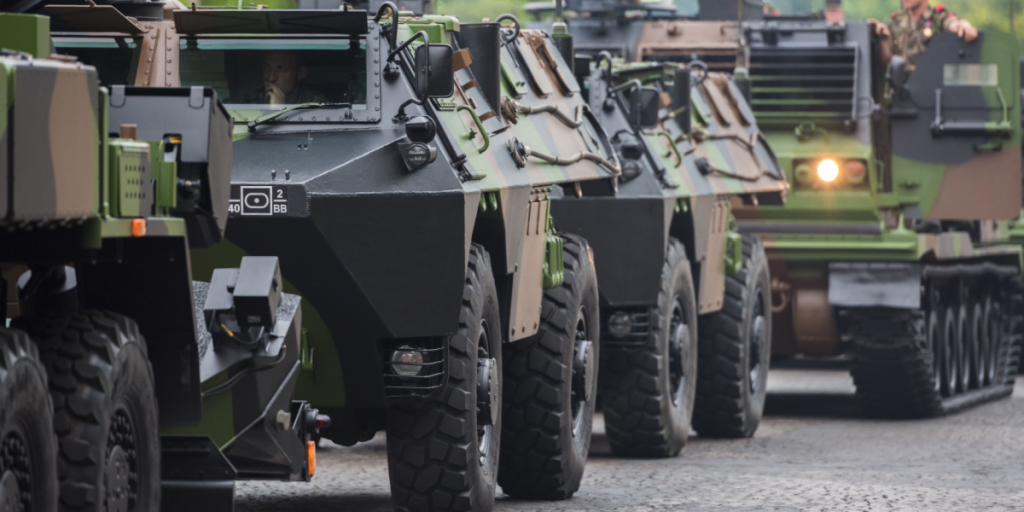
NATO possesses around 971.000 armored fighting vehicles, benefiting from advanced technology and interoperability among member nations.
Russia’s fleet consists of 131.000 armored vehicles, but includes a higher proportion of outdated equipment.
Artillery Systems
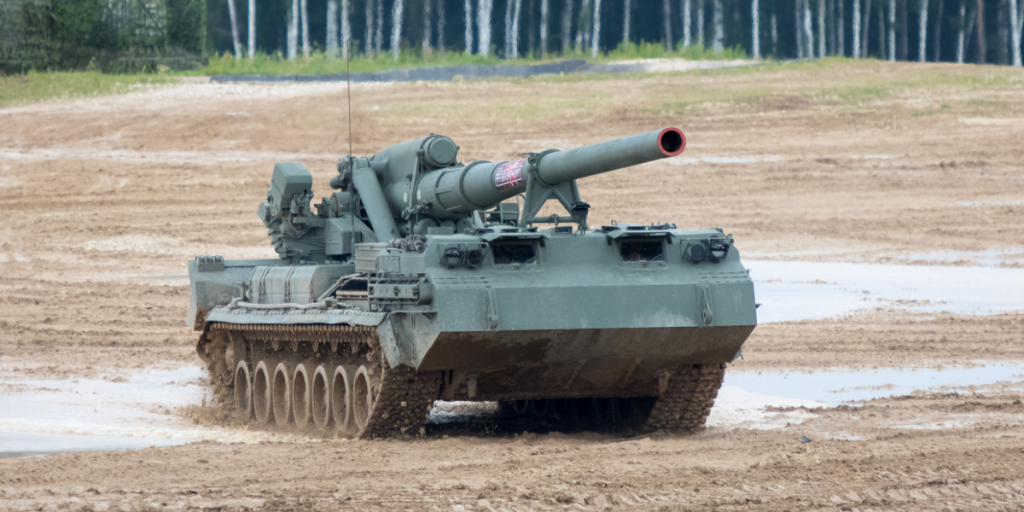
Russia places significant emphasis on artillery, with approximately 5.100 self-propelled and 8.500 towed artillery pieces.
NATO’s artillery assets are fewer (approx. 4.000 self-propelled and 6.300 towed), but often more technologically advanced.
Rocket Artillery
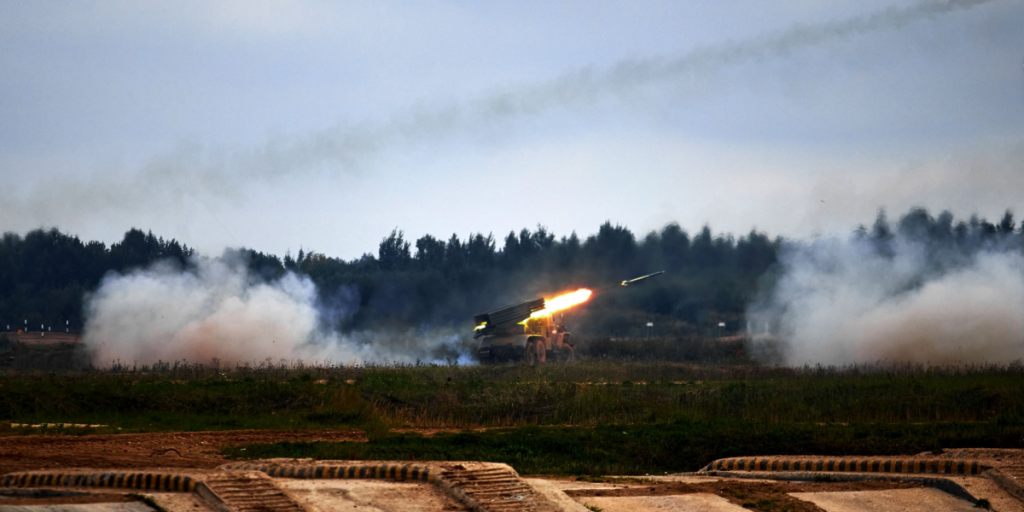
Russia leads in rocket artillery systems, fielding around 3,000 units compared to NATO’s 1,200.
This capability allows for massed firepower, a cornerstone of Russian military doctrine.
Air Power
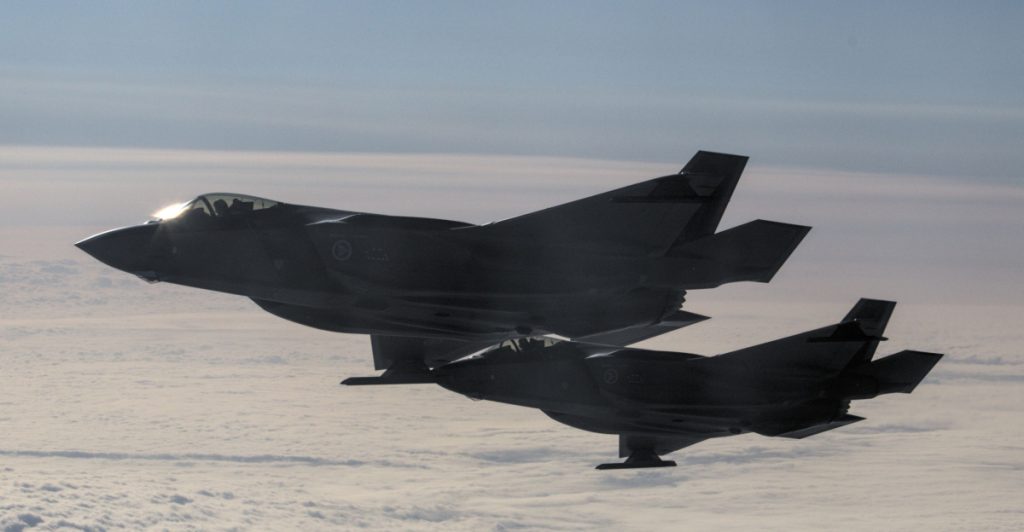
NATO commands a vast air fleet of over 20,000 aircraft, including fighters, bombers, and support planes.
Russia’s air force comprises approximately 4,100 aircraft, with a focus on strategic bombers and interceptors.
Naval Forces
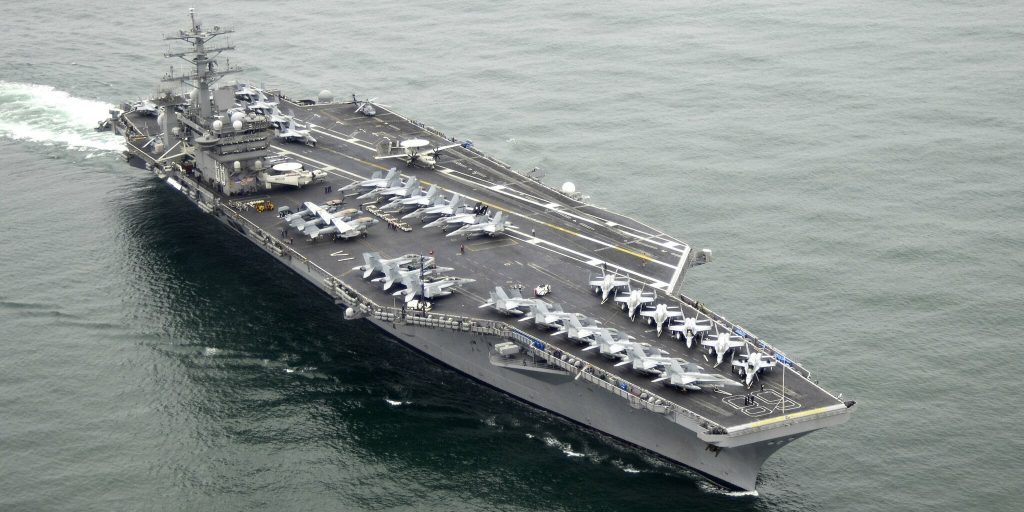
NATO’s naval strength includes 16 aircraft carriers, more than 100 Destroyers and nearly 130 Frigates.
Russia’s navy only has one aircraft carrier, 10 Destroyers and 12 Frigates.
Submarine Capabilities
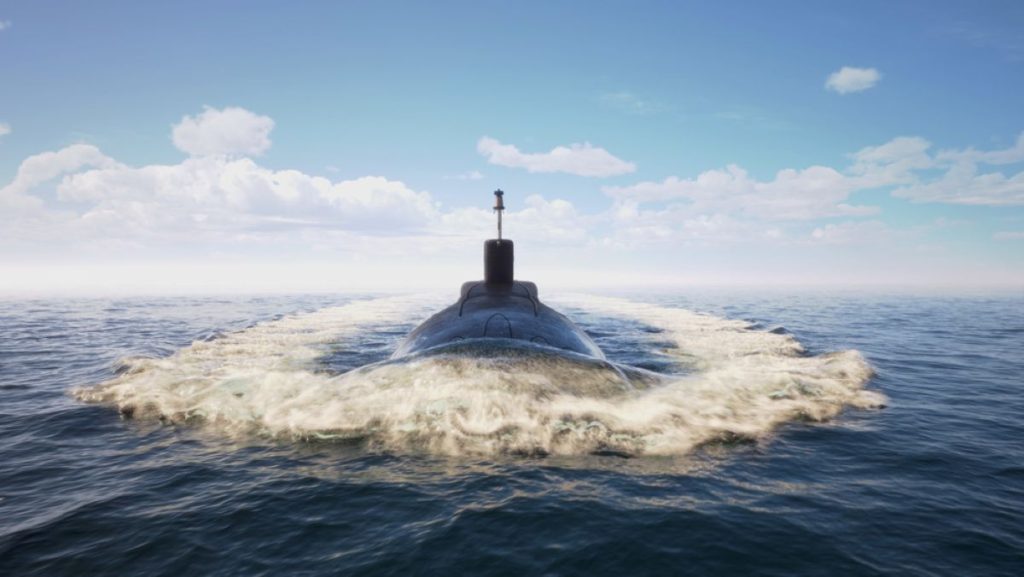
Russia operates a significant submarine fleet of 63, including 11 nuclear-powered ballistic missile submarines
NATO’s submarine forces, particularly those of the U.S., however are technologically advanced and globally deployed with 148 submarines in total.
Nuclear Arsenals
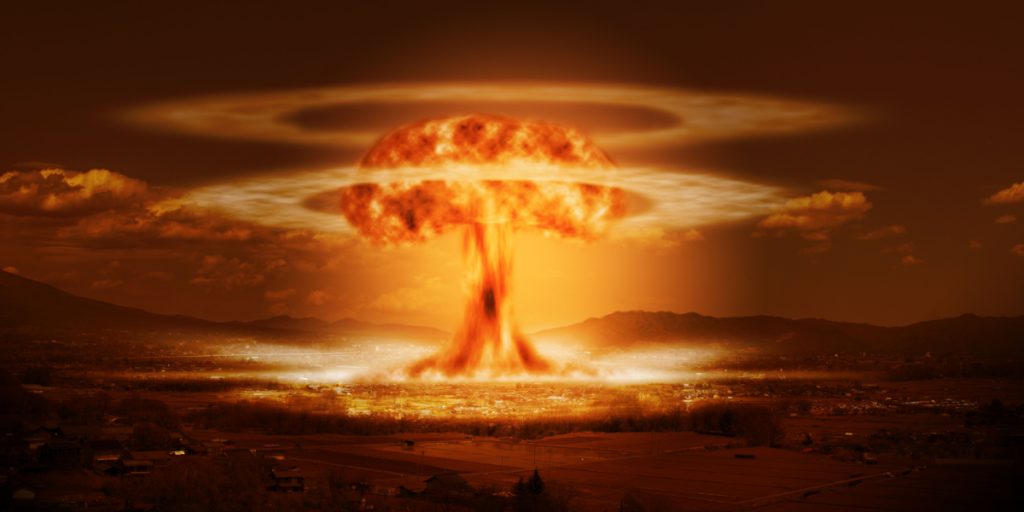
Russia possesses approximately 5,580 nuclear warheads, slightly more than NATO’s combined total of around 5,500.
However, NATO’s nuclear forces are distributed among the US., UK, and France, each with independent command structures.
Cyber Warfare: Emerging Frontiers

Both NATO and Russia have developed significant cyber capabilities. NATO emphasizes defensive measures and resilience, while Russia is known for offensive cyber operations targeting infrastructure and information systems.
Space Assets: Expanding Military Domains

NATO members, particularly the US, have extensive space-based assets for communication, navigation, and surveillance.
Russia maintains a robust space program with military satellites, though it faces challenges in modernization.
Logistics and Mobility: NATO’s Strategic Flexibility
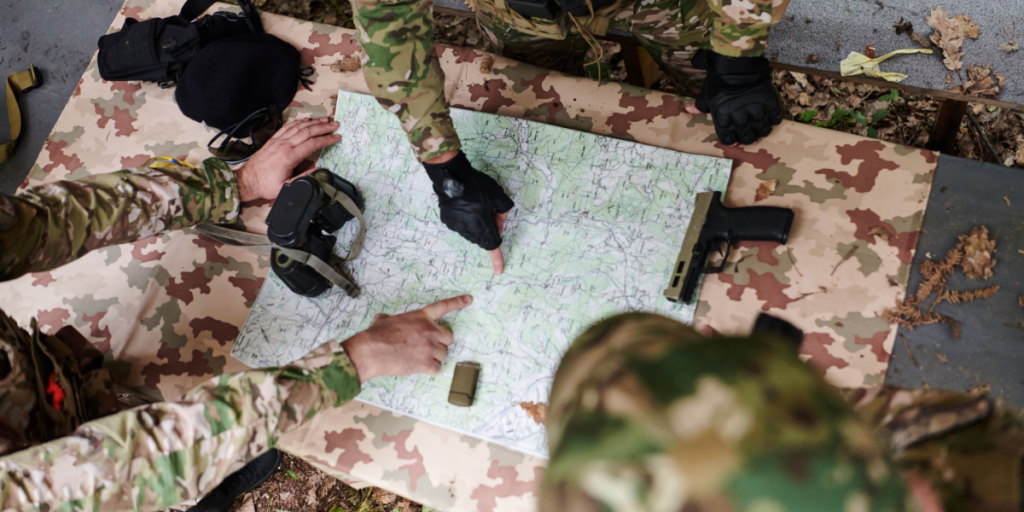
NATO’s integrated logistics and rapid deployment capabilities enable swift responses to emerging threats.
Russia’s logistics have been tested in recent conflicts, revealing limitations in sustaining prolonged operations.
Training and Readiness: NATO’s Professional Forces
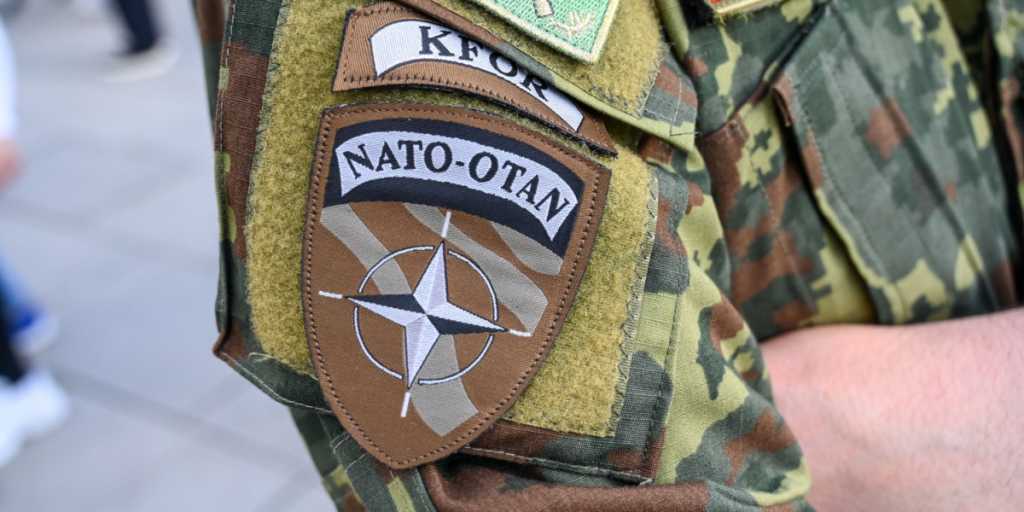
NATO forces benefit from regular joint exercises, standardized training, and professional military education, enhancing interoperability.
Russia has increased training efforts but continues to rely on conscription, affecting overall readiness.
Defense Industry: Production Capacities

Russia’s defense industry has ramped up production, focusing on artillery, tanks, and drones, often with support from allied nations.
NATO’s defense industries, while technologically advanced, face challenges in scaling up production rapidly

